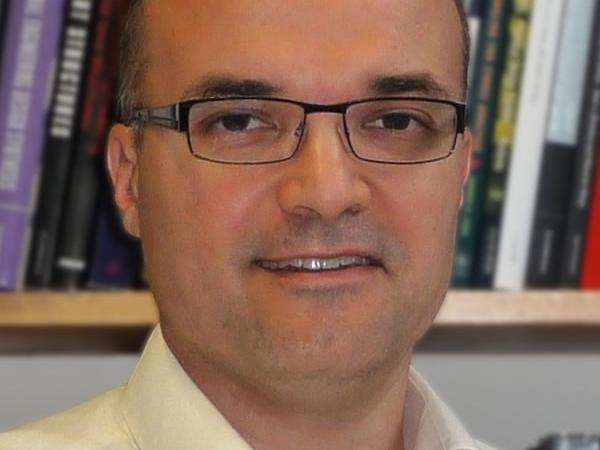
Date: 10 February 2019
Curved glass panels have a particular appeal in contemporary architecture, but they are often costly and/or relatively heavy elements.
This paper describes the engineering design and assembly of an FRP-glass vision panel that is easy to construct, lightweight and can be easily adjusted to a broad range of single and double curvatures.
The paper describes the salient challenges in the design and construction of a prototype panel made of thin glass, fibre-reinforced polymer pultrusions and structural adhesives, in particular: (i) the numerical modelling of the cold bending process to avoid undesirable cold-bending distortions and snap-through buckling; (ii) the design of novel articulated corner joints that can accommodate and retain a broad range of panel curvatures and (iii) the fabrication process of a lab-scale prototype panel, including the cold bending of the panel.
The paper demonstrates that it is possible to design and construct such a panel and identifies the other engineering challenges that need to be addressed in order to advance this working prototype from its current stage of development to a real-world product.
About the Speaker:
Dr. Mauro Overend leads the Glass & Façade Technology Research Group at the University of Cambridge. His research and that of his team is at the interface of structural engineering, materials engineering and building physics which underpin the performance of glass in buildings. His work has found applications in international design standards and in some of the most challenging buildings globally.
 600450
600450








Add new comment